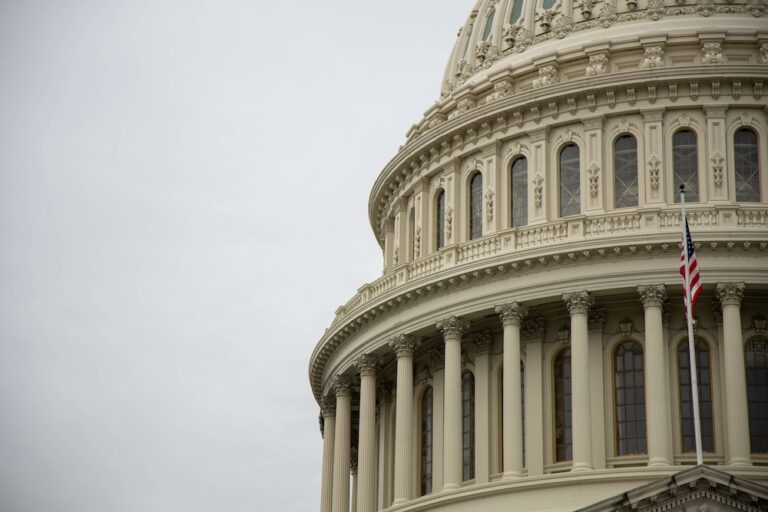Suicide is the 11th leading cause of death in the U.S. With such high prevalence, healthcare providers and governments face increased pressure to innovate and improve existing crisis response processes. During this Suicide Prevention Month, it’s important to uplift the recent shifts in policy and research that are paving the way for more targeted, impactful prevention strategies. By highlighting these advancements, we aim to raise awareness of the crucial efforts underway — from bolstering mental health services to improving post-crisis care — that can help save lives and provide communities with the tools to address suicide more effectively.
Evolving Regulations and Reporting
- Addressing youth needs: A recent JAMA Network study on preteen suicide prevalence indicated a significant increase in suicide rates across all demographics beginning in 2008, with an annual rise of 8.2%. In 2024 alone, 13% of teenagers reported suicidal ideation, with the highest rates among Native Hawaiian/Pacific Islander and multiracial youth. One in five youth had a major depressive episode, and over half did not receive treatment. In response to this need, senators Laphonza Butler (D-CA) and Lisa Murkowski (R-AK) have introduced two mental health bills: The Strengthening Supports for Youth Act and The Prevention Services for Youth Act. These bills aim to enhance family and peer-focused mental health supports and prevention services for youth, addressing mental health and substance use challenges among children, adolescents and young adults.
- Improving follow-up: A new study from Joint Commission Journal on Quality and Patient Safety about Evaluating the Prevalence of Four Recommended Practices for Suicide Prevention Following Hospital Discharge revealed a significant gap in implementation of recommended practices related to prevention of suicide post discharge. The study highlighted an opportunity for more providers to leverage post-discharge interventions such as safety planning prior to release or follow-up processes to improve care outcomes. One way to support greater post-discharge interventions is through real-time patient alerting software that could provide alerts to primary care providers when an individual arrives at an emergency department or behavioral health clinic for suicidal ideation or attempts. Such alerting systems allow providers to have greater patient insight and establish follow-up support programs so that the individual can remain in the continuum of care until recovered.
- Improving outreach: The 988 Suicide and Crisis Lifeline also remains an important resource to reduce suicide prevalence. 988 has responded to 10.8 million contacts since July 2022, with monthly interactions exceeding 500,000 as of May 2024, marking significant increases from previous years. Nationally, answer rates improved and wait times decreased despite higher demand, though some progress faltered in the second year. State-level variations in call volume and answer rates are notable, with monthly increases ranging from 25% to 185% and answer rates between 64% and 97%. Ten states have introduced telecom fees to support local call centers, addressing the surge in demand. Policy developments include potential geo-routing adjustments, expanded mobile crisis services, enhanced infrastructure for integrating 988 with other emergency services and growth in specialized services.
These trends underscore the need for comprehensive solutions, combining regulatory advancements, technology and community-based interventions to save lives and address suicide risk more effectively. For more information, contact us.



